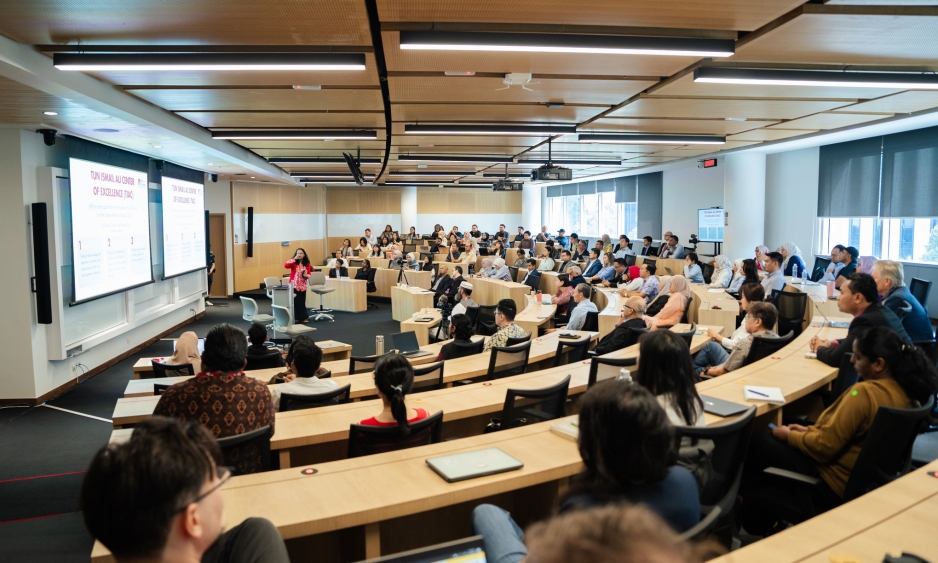Research & Publication Database
Business is evolving fast. Stay one step ahead.
Explore Research & Publication
Explore Research & Publication
- All
- Case Studies
- Research Publications
- Working Paper
We use cookies to improve your experience on our site and to show you personalized content. By continuing to use this site, you agree to our use of cookies.
More information on our Cookie Policy and Privacy Policy.

Established in 2015 in collaboration with MIT Sloan Management, our vision is to be a global knowledge hub, with regional insights from Asia and the emerging world.

ASB’s research centers conduct impactful research in emerging markets, business strategies, technology, and sustainability. Together, they foster innovation in the business landscape.

The ASB curriculum seamlessly integrates MIT Sloan’s rigor with the strategic insights of Asia. With MIT Sloan Immersion and Industry Treks, it immerses future leaders in a diverse range of industries.

Introducing ACE (Agile Continuous Education), a structured micro-credentials initiative offering flexible, hybrid courses developed to strengthen professional capability in a rapidly evolving landscape.

ASB excels through dynamic collaborations, addressing business challenges with innovation, built on robust partnerships.
Business is evolving fast. Stay one step ahead.
We will be performing preventive maintenance on the ASB website on:
Date: Sunday, December 7, 2025
Time: 12:00 AM – 3:00 AM (Malaysia Time)
During this period, the website will be unavailable to access. We apologize for any inconvenience and appreciate your understanding.